Welcome to your ultimate guide for electrifying your DIY projects! Unleash your inner craftsman and explore the world of power tools. Whether you’re a beginner or a pro, we’ll take you through everything you need to know to enhance your projects with the perfect power tools.
Assessing the Need for Power Tools
To determine if power tools are necessary for your project, consider the scale and complexity of the task. Will manual tools suffice, or will power tools save you time and effort? Consider which specific tools are required and how frequently you’ll use them to help decide if investing in power tools is worthwhile for your DIY endeavors.
Understand the Project Requirements
Before purchasing power tools, take the time to understand the specific requirements of your project. This includes considering the materials you’ll be working with, the complexity of the task, and any particular features or finishes you’d like to achieve. Understanding your project’s needs will help you determine which tools are essential and which may be nice, ultimately enhancing your DIY experience.
Budget Considerations
When planning your DIY projects, consider your budget. Determine how much you’re willing to spend on power tools and research various brands and models to find the best value for your money. Investing in quality tools can save you time and effort in the long run.
Types of Power Tools
Familiarize yourself with various power tools, such as drills, saws, sanders, and routers, essential for most DIY projects. Understanding how they function and their specific applications will help you select the best tool for your project and even enhance your workshop collection in the long run.
Drills and Drivers
Drills and drivers are essential power tools for any DIY project. Drills create holes, while drivers are used for screwing and unscrewing fasteners. These multipurpose tools come in various sizes, types, and functionalities. Some common types of drills include cordless, hammer, and impact drills. Each type has specific uses, such as drilling into wood, metal, or masonry. Choosing the right drill and driver based on your project needs is essential to ensure efficient and precise results.
Types of Drills
Various types of drills are designed to meet specific needs, such as corded and cordless drills, hammer drills, and impact drivers. Corded drills offer more power and better control, while cordless drills give you more mobility and convenience. Hammer drills are excellent for drilling into concrete or brick, and impact drivers are perfect for driving long screws and bolts. Take the time to choose the right drill type for your project to ensure a smooth and effective outcome.
Uses
Drills are versatile tools, ideal for tasks ranging from hanging pictures to constructing furniture. They can bore holes, drive screws, mix paint, and even sharpen electric hedge trimmers with the proper attachment.
Saws
Saws are another essential power tool for various DIY projects. They come in multiple types, such as circular saws, jigsaws, and reciprocating saws, to name a few. Each saw type is designed for specific cutting tasks, depending on the material and the desired cut. Understanding when to use each type of saw will help you achieve the best results and enable you to make precise cuts for building furniture, crafting custom shelves, or even trimming tree branches with ease.
Types of Saws
There are several types of saws, such as circular saws, jig saws, and reciprocating saws, each suited for different tasks. Choosing the right saw for your project is vital to ensure efficient cutting and a high-quality result.
Uses
From crafting intricate furniture pieces and cutting plywood sheets to creating detailed decorations, saws provide the precision and power needed to elevate your DIY projects to the next level.
Sanders
Sanders are a must-have for any DIY enthusiast looking to achieve a smooth, even finish on their projects. They’re especially effective for tasks such as sharpening electric hedge trimmers or as the final touch on a woodworking piece. With various types of sanders available, identifying the right one for your project is crucial to obtaining professional-level results.
Types of Sanders
There are various types of sanders, each designed for specific tasks. These include belt sanders for rapid material removal, orbital sanders for ultra-smooth finishes, and detail sanders for tight spaces or intricate projects.
Uses
Sanders smooth and shape various surfaces, such as wood, metal, or plastic, making projects look polished and professional, especially when prepping for paint or stain.
Routers and Planers
Another set of essential power tools for your DIY projects is routers and planers. These handy gadgets help you shape, trim, and smoothen wooden surfaces in a precise and controlled manner. Routers are designed for creating decorative edges and profiles, while planers are perfect for leveling and flattening wooden surfaces. When selecting suitable routers and planers for your project, consider factors like power, speed, ease of use, and adjustability. Don’t forget to follow safety protocols while using them.
Types of Routers and Planers
Routers come in two types: fixed base and plunge. Fixed base routers are standard and offer straightforward depth adjustment, while plunge routers allow you to vary the cutting depth while operating. Planers can be handheld or stationary, with the latter being more powerful and accurate for larger projects.
Uses
Routers and planers are great for woodworking projects. Use routers for creating edges, grooves, and decorative patterns, while planers help smooth rough surfaces and achieve uniform thickness in boards.
Handy Tips and Tricks for Using Power Tools
To maximize the efficiency and safety of your power tools, consider these handy tips and tricks: always read the instruction manual, start with lower power settings and gradually increase as needed, use sharp blades and bits, and don’t forget to always wear personal protective equipment. Lastly, remember to clean and sharpen electric hedge trimmers regularly to ensure clean cuts and to extend their life.
Safety First
Safety should always be your top priority when using power tools. Always wear protective gear, follow manufacturer guidelines, and stay vigilant to avoid accidents and enjoy a successful project completion.
Proper Maintenance of Power Tools
It’s crucial to perform regular maintenance to keep your power tools in optimal condition. This includes cleaning, lubricating, checking for worn or damaged parts and sharpening blades, such as the ones on electric hedge trimmers. Taking care of your tools ensures longevity and top performance for all your DIY projects.
Conclusion
Upgrading your DIY projects with the perfect power tools is a rewarding experience. By assessing your needs, understanding project requirements, budgeting, and following best practices for safety and maintenance, you can enhance your craftsmanship and achieve professional results. Now, it’s time to bring your dream projects to life!

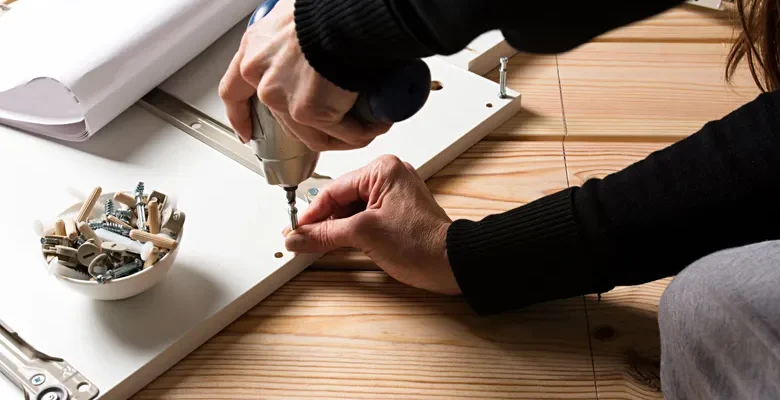
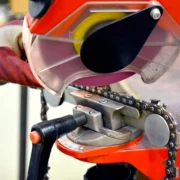
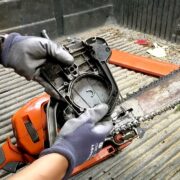

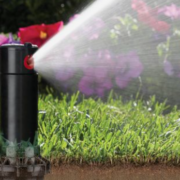
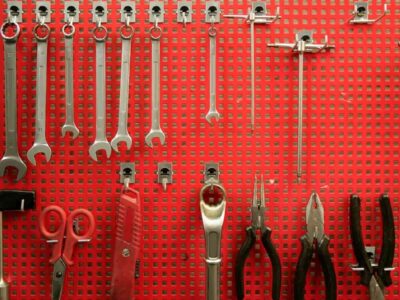
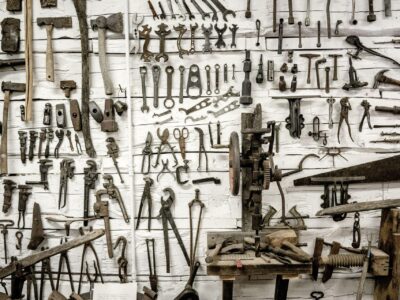
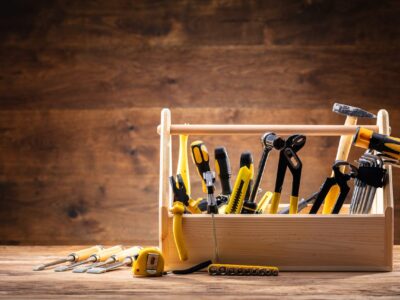





Comments